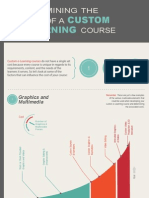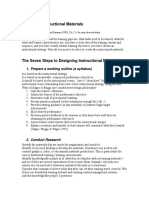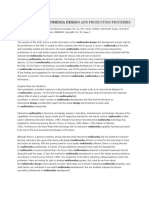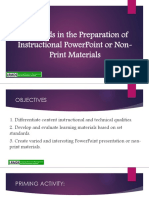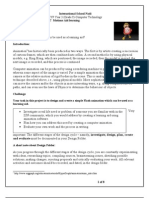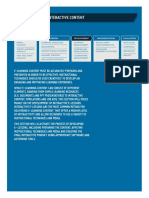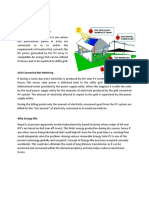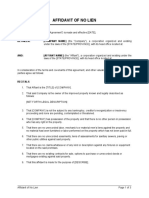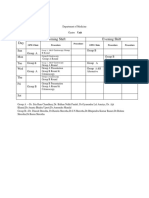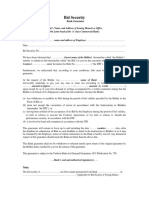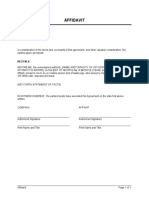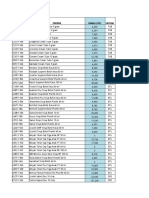0% found this document useful (0 votes)
90 views4 pagesProject Estimation Rules
The document provides "rules of thumb" from experienced instructional designers to help estimate the time and resources needed for developing various types of instructional materials. It acknowledges there is a lack of science to these estimates but they can provide a starting point. The rules then give estimates for pages or hours of work expected for reading materials, scripts, format sheets, introductions/summaries, instructor materials, lesson plans, visuals, exercises and quizzes. The document stresses these are not precise measures but may help guide initial project planning.
Uploaded by
kiranrauniyarCopyright
© © All Rights Reserved
We take content rights seriously. If you suspect this is your content, claim it here.
Available Formats
Download as DOC, PDF, TXT or read online on Scribd
0% found this document useful (0 votes)
90 views4 pagesProject Estimation Rules
The document provides "rules of thumb" from experienced instructional designers to help estimate the time and resources needed for developing various types of instructional materials. It acknowledges there is a lack of science to these estimates but they can provide a starting point. The rules then give estimates for pages or hours of work expected for reading materials, scripts, format sheets, introductions/summaries, instructor materials, lesson plans, visuals, exercises and quizzes. The document stresses these are not precise measures but may help guide initial project planning.
Uploaded by
kiranrauniyarCopyright
© © All Rights Reserved
We take content rights seriously. If you suspect this is your content, claim it here.
Available Formats
Download as DOC, PDF, TXT or read online on Scribd
/ 4
